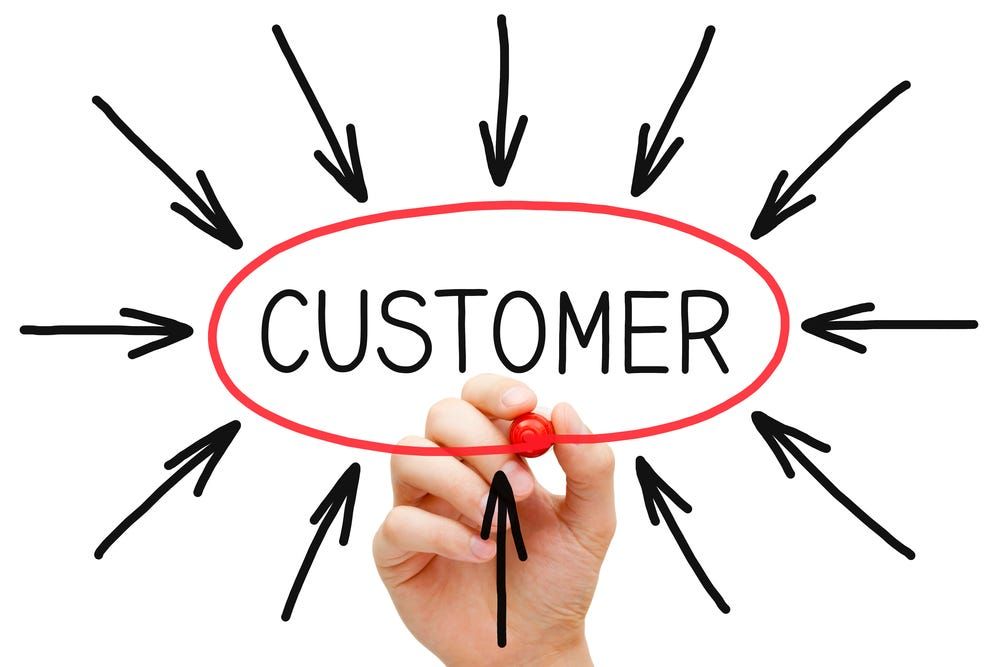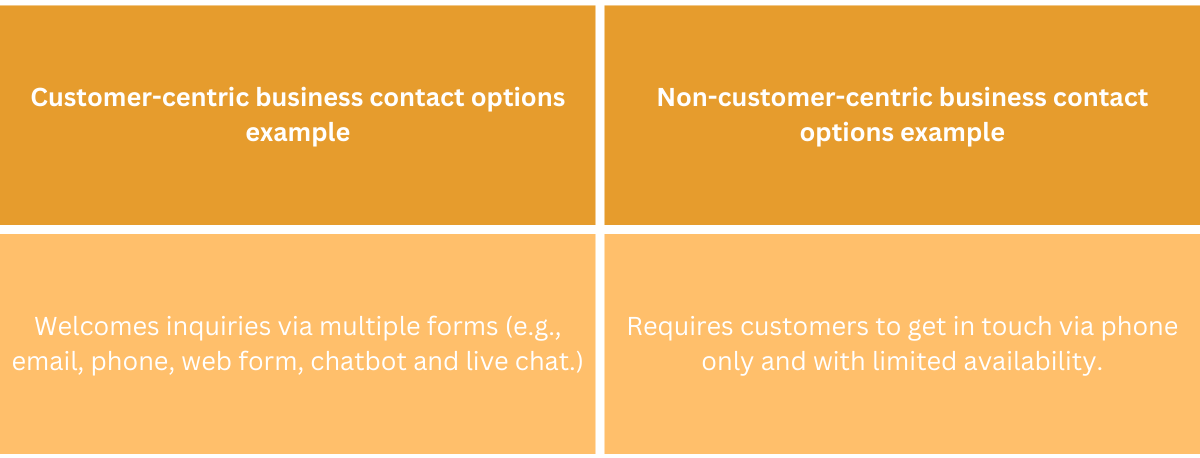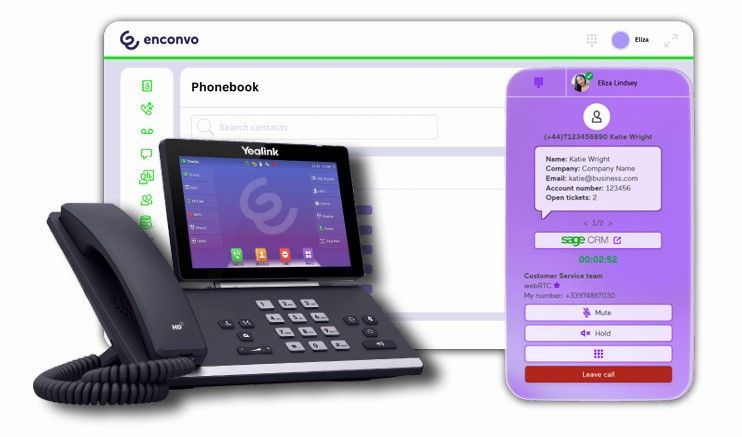72% of buyers said they would spend more with brands that deliver great customer experiences (CX). Almost three-quarters (73%) also said they want to be treated like people and not case numbers when receiving customer service. Both CX and service are key components of customer centricity.
Customer Centricity: How putting buyers first boosts business

What is Customer Centricity?
Customer centricity prioritises delivering exceptional value and experiences to build strong relationships, focusing on customers in all business decisions. It involves proactively gathering and acting on feedback, rather than just responding to support issues. This approach values existing customers and attracts new ones, enhancing profitability. For example, offering multiple contact options based on customer feedback can help outperform competitors.
If your customers are happy and get value from your product, they’ll keep buying and encourage others to do the same. If their experience is negative, they’ll soon turn to your competitors. This is why customer-centricity is a no-brainer!
REMEMBER: Your company’s success depends on how its customers feel.

The business case for a Customer-Centric approach
Benefits of Customer Centricity
- Increased Customer Loyalty (reduced churn)
- Improved Brand Reputation
- Higher Average Customer Lifetime Value
- Increased Customer Retention
Prioritising customer needs and providing exceptional experiences helps you build stronger, more profitable buyer relationships. Customers will grow to trust your service and have little reason to look elsewhere.
For a customer-centric transactional business, like a business-to-consumer (B2C) retailer, it shows in repeat purchases, upselling and cross-selling.
For a subscription-based business, like a software-as-a-service (SaaS) company, it translates into increased customer retention and lower churn rates.
When customers feel valued, they’re more likely to share positive experiences through word-of-mouth and online reviews.
Generating social proof is one of the most effective ways to get new customers, with 90% of business-to-business (B2B) buyers trusting recommendations from industry peers, compared with 29% who trust vendors’ salespeople.
7 Ways to Build a Customer-Centric Culture
1. Collect the right customer data
Collect relevant data through various channels such as surveys, website analytics and social media interactions to gain insights into customer behaviours, preferences and pain points. This data will allow you to tailor your sales, marketing and product development efforts for the best possible outcomes.
TIP: Start by asking customers about their preferred contact methods. You can focus your outreach efforts on those channels to make sales conversations as convenient as possible. You could then add a forum or web form dedicated to feature requests.
2. Organise this data for easy access and reporting
Organise your customer data in a centralised system for easy access and reporting.
TIP: Customer Relationship Management (CRM) software is your best friend here. It allows you to store, analyse and leverage customer information effectively.
3. Collect feedback to measure your customer centricity
Monitor the impact of your customer-centric decisions to find repeatable wins and improvement opportunities. Keep an eye out for sales and retention rate growth, which will happen eventually, but direct customer feedback is a more immediate sign of how you’re doing.
TIP: Proactively seek customer feedback through CSAT surveys, web forms, sales conversations, and NPS surveys. Use this data to continuously improve your brand and product.
4. Collaborate with customer-facing teams
Work closely with customer success and account management teams to gather insights from the inquiries, complaints and feedback they receive. Use this information to spot trends and areas for improvement.
TIP: Receiving complaints about one feature suggests your product/ service doesn’t meet users’ expectations. Addressing the issue will help you keep sentiment high and customers on board. For example, creating posts with “you asked, we listened”, presents a customer-centric company and shows that it values users’ opinions.
5. Automate after-sales check-ins and content recommendations
A after-sales strategy encourages repeat business and brand advocacy. Buyers who experienced a high-quality customer support interaction were 82% more likely to buy again or renew their agreement when offered the chance to switch to another brand.
TIP: Use a CRM with email automation to trigger personalised messages at predetermined stages after someone becomes a customer.
6. Make your brand easily accessible
Convenience and communication are crucial components of customer centricity, so ensure your brand is easily accessible. This stops customers from getting frustrated and switching to a competitor or sharing their negative experience, as well as helping existing customers to get more value from your products, making them more likely to stay loyal and spread positive word of mouth
TIP: Boost your brand offerings with Chatbots, Live chat, Forums, Web forms and In-app messaging.
7. Put customers at the heart of your marketing
Doing so demonstrates authenticity by showing how your product benefits real people. It makes your product more relatable and helps existing customers feel valued, as they become part of your brand story.
TIP: Consider the following types of customer-centric marketing to get started!
- Case studies
- Testimonials
- User-generated content
Final Thoughts
REMEMBER: Becoming more customer-centric has no downsides!
By following this advice and prioritising customers, you can gain deeper insights into your target audience, strengthen relationships, and ultimately increase your profitability. As you implement strategic changes, monitor key sales metrics such as customer lifetime value, retention rates, and sentiment. You'll soon see these figures improve as a result of your efforts.
Stay Connected with ERBS
Read our latest updates
Enquire now
Get in touch




